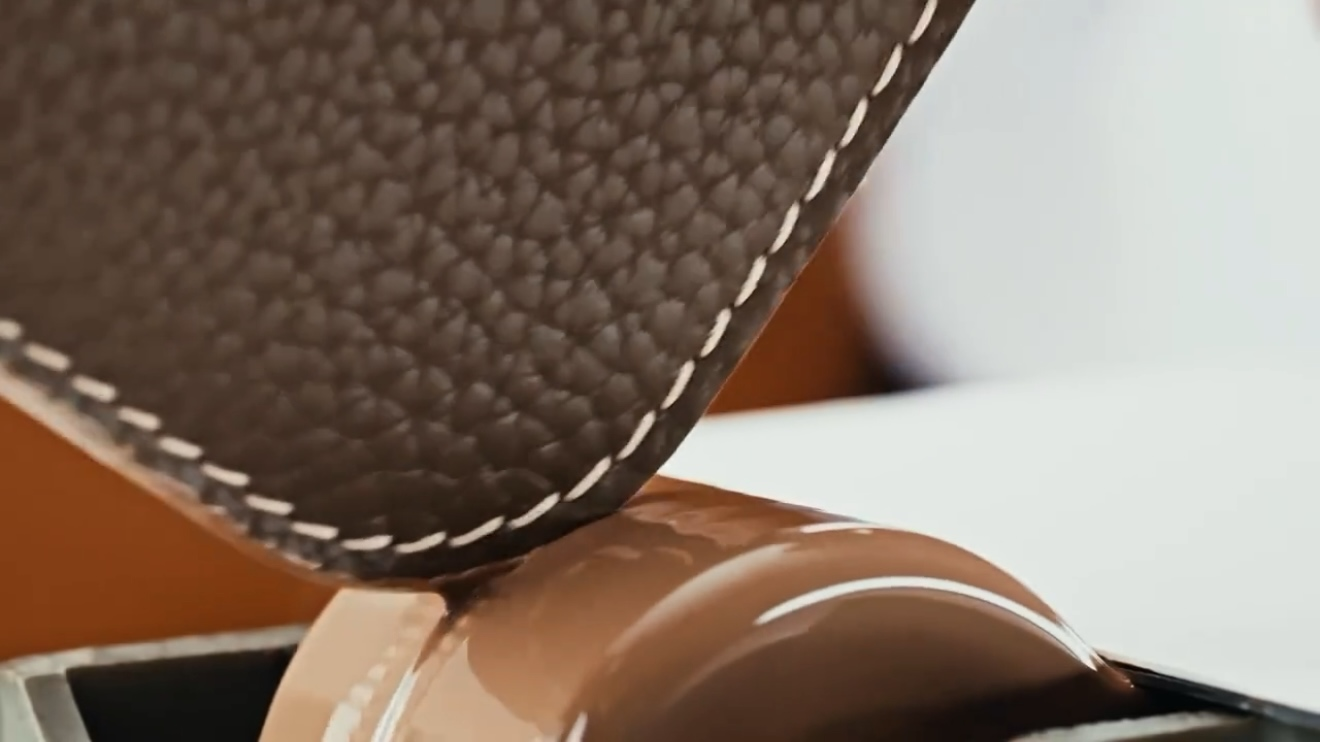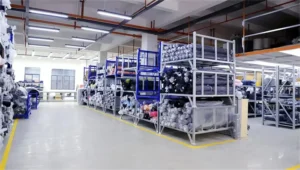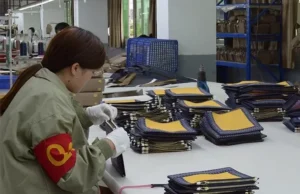When it comes to luxury handbags, the devil is in the details. One of the most crucial yet often overlooked aspects of high-end bag craftsmanship is edge painting (also called edge finishing or huayou in Chinese). This meticulous process gives handbags their polished, durable, and luxurious appearance. Let’s explore the techniques, materials, and why this step separates premium bags from mass-produced ones.
Table of Contents
ToggleWhat Is Edge Painting?
Edge painting refers to the application of a specialized paint or wax to the raw, cut edges of leather, fabric, or synthetic materials to seal, protect, and enhance their appearance. A well-executed edge prevents fraying, adds durability, and contributes to the bag’s refined aesthetic.
Types of Edge Finishing Techniques
1. Traditional Wax Edge Finishing
-
Process: A heated wax mixture is applied by hand, then polished to a smooth, glossy finish.
-
Best for: Vintage-style bags, bespoke leather goods.
-
Pros: Natural look, slightly flexible, ages beautifully.
-
Cons: Requires skilled artisans; less durable than modern paints.
2. Painted Edges (Common in Luxury Brands)
-
Process: Multiple layers of edge paint (often polyurethane-based) are applied, sanded between coats, and buffed to a high shine.
-
Best for: Designer bags (e.g., Chanel, Hermès, Louis Vuitton).
-
Pros: Extremely durable, water-resistant, and sleek.
-
Cons: Labor-intensive; peeling can occur if done poorly.
3. Heat-Sealed Edges (For Synthetic Materials)
-
Process: The edges are melted slightly to fuse fibers, then coated with a thin layer of paint.
-
Best for: Vegan leather or PU bags.
-
Pros: Cost-effective, prevents unraveling.
-
Cons: Less refined than leather edge painting.
Why Edge Painting Matters in Luxury Handbags
-
Durability – Properly sealed edges resist moisture, cracking, and wear.
-
Aesthetic Appeal – Crisp edges signal craftsmanship; uneven or peeling paint indicates poor quality.
-
Brand Identity – Luxury houses often use signature edge colors (e.g., Louis Vuitton’s red edges, Goyard’s yellow trim).
Common Problems & How to Spot Quality
-
Peeling or Cracking: Indicates cheap paint or poor application.
-
Uneven Thickness: Sloppy craftsmanship.
-
Color Mismatch: High-end brands ensure edges perfectly match the leather.
Caring for Painted Edges
-
Avoid excessive moisture.
-
Store bags in dust bags to prevent scratches.
-
Use a soft cloth for occasional buffing.
Conclusion
Edge painting is a subtle yet defining feature of luxury handbags. Whether it’s the hand-burnished wax of an artisanal piece or the flawless painted edges of a designer tote, this finishing touch speaks volumes about quality. Next time you examine a handbag, take a closer look at the edges—they reveal the true artistry behind its creation.
Would you like recommendations for edge paint products for DIY repairs? Let us know in the comments!




